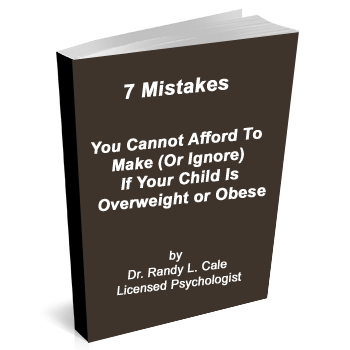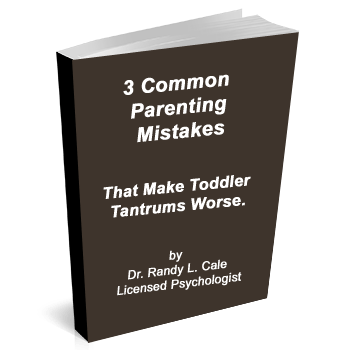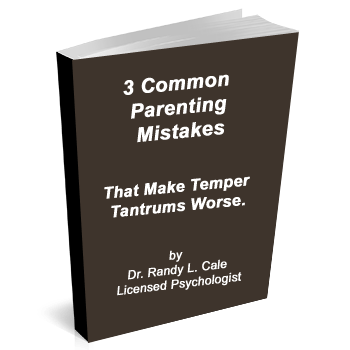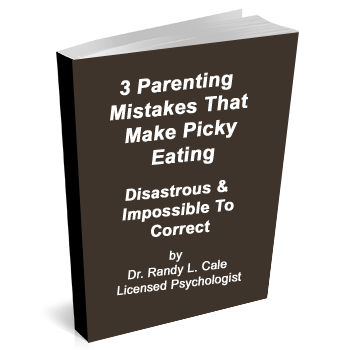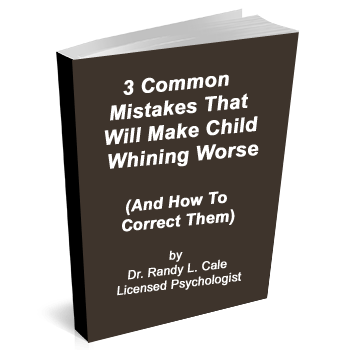Parents are often asking about how to motivate their children. Their questions often sound like this:
- Why can’t I get my son motivated for something other than video games?
- My daughter used to love sports. Now she just loves Instagram & can’t live without her phone.
- Why is it a constant battle to get them to do homework? It drives me crazy!
- All three kids seem to take the easy path now, refusing to buckle down and work hard. Why?
What is the Promise?
The ‘promise’ is the result of effort. It provides the strong ‘why.’ Why do it? Why get up early? Why work hard? Why do something I don’t want to do?
A strong why is about having a reason to do something. We all need a reason to put forth the effort. The ‘Why’ can come from the inside, or it can come from the outside. I interviewed a dad who has never missed any of his children’s ball games in over 10 years. He has done so with considerable sacrifice. When asked why he stated that his own father never showed up for a single game and he was determined to be the opposite type of dad. This is a strong internal ‘why.’
Let’s contrast this with a 15-year-old client who mentioned his growing enjoyment of soccer. I asked him why he began playing. He surprised me with his response, as he explained that he had been overweight in years past and began playing so he would not be picked on for his weight. He related having suffered considerably due to his weight and had painful memories of other fifth graders pickers on him. His memories provided a strong externally based ‘why.’
However, he added that he no longer thinks of this and simply finds playing to be fun and now wants to do his best in the sport because excelling feels good. So notice, he obtained his initial motivation through an externally based ‘why.’ That external ‘why’ provided the promise of freedom from ridicule. However, with years of playing, the ‘why’ has now shifted to an internally based source of motivation, as he seeks satisfaction from excellence. Here is a why that began as external, but has now evolved into an internal ‘why.’
The Strong Promise Fuels Paying the Price
The relationship between price and promise is essential to understand. The effective promise provides the motivation (i.e., the WHY) for paying the price (i.e., the serious TRY). In other words, a big TRY comes from a big WHY.
Once we understand this, we can start to make use of this simple formula. The more children (or adults) experience a strong and compelling way the more you will automatically see the corresponding powerful effort.
Take Away Secret: Stop Talking About the Try; Instead, Nurture the Why!
Too often, I find parents, educators, and coaches talking about the importance of effort. We talk to the unmotivated child about getting motivated. We scream and threaten and beg them to get their butts in gear. We talk about working hard to get into college, and yet nothing happens.
Instead, we need to shift our focus and figure out how to build a promise (i.e., a reason why) that your child or teen can relate to. But here’s the problem: we over-value internal motivation as a starting point, and fail to focus on practical tools to get kids moving. In doing so, we end up talking too much and trying to use words to convince them to do better, or to work harder. Unfortunately, we will often get frustrated and angry, and then try to use our emotions to manipulate them into doing some real work.
If a child or teen is unmotivated, it is very difficult to talk them into a strong why. They are unwilling to pay the price, just because you tell them it’s important. In fact, it’s virtually impossible to predictably instill a strong internal why in a child, when it doesn’t already exist.
So we must become more practical. And the good news: it’s not that hard. We simply must impact your child in a way that they care about right now… if we want to motivate them today. And we do this by taking bold action to control what they want! We must affect the ‘promise’ immediately, regardless of how fundamental. We start where they are at, and find something/anything they care about…and we use this to get some type of ‘try’ or effort. Then we build on that. In next week’s article, I will map out the simple formula for starting with the external why, and explain how time transforms this to the internal why. It seems a bit tricky, but in reality, it is not.







